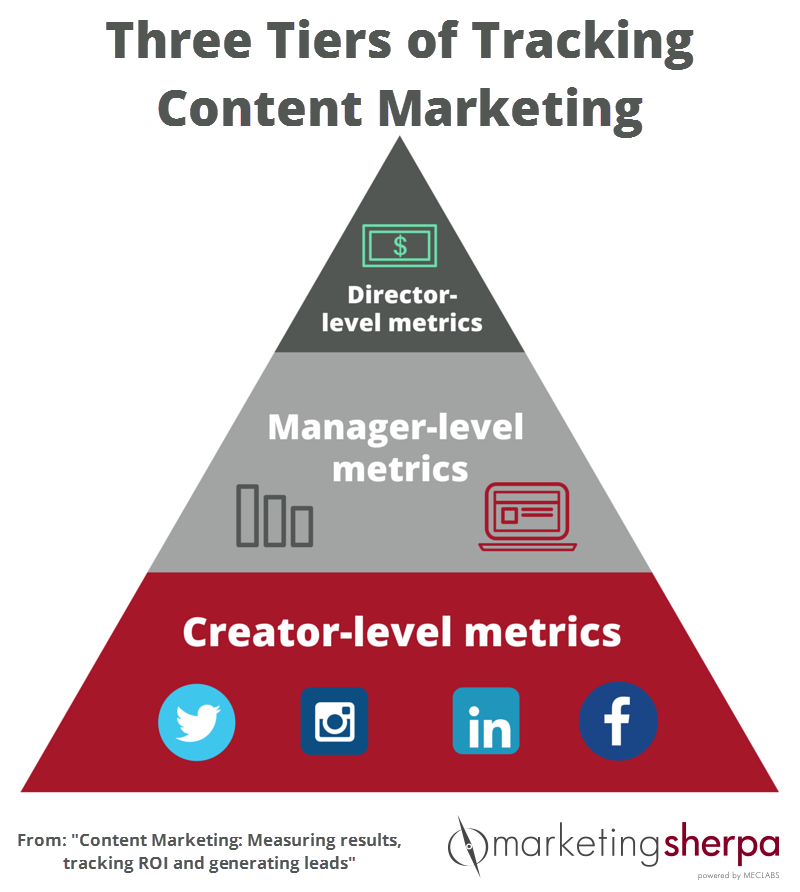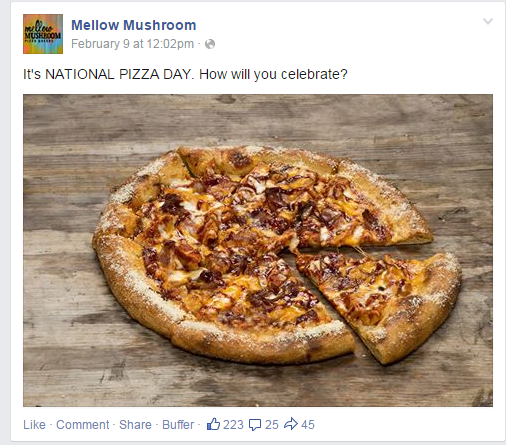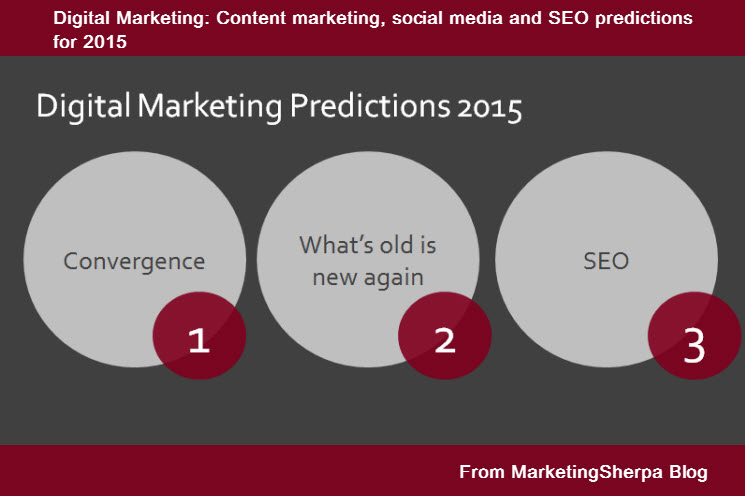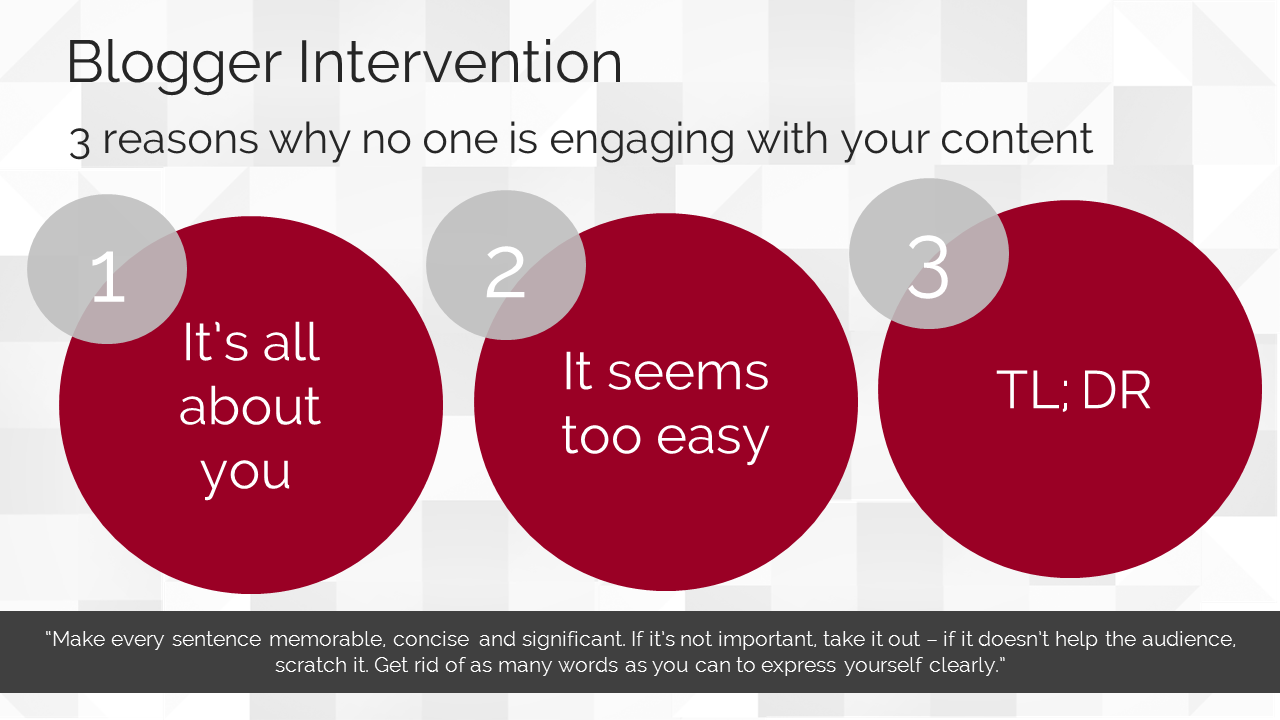Content Marketing: Measuring results, tracking ROI and generating leads
One of my recent MarketingSherpa Blog posts, “Content Marketing 101: Tips on content strategy” covered some basics of content marketing. For today’s post, I want to dig into the MarketingSherpa Newsletter archive to highlight what can be a challenging aspect of content marketing — quantifying and proving its worth.
The first article to highlight is a how-to, titled “Measuring Content Marketing: How to measure results, find gaps and grab opportunities,” that covers a range of tactics offered by Joe Pulizzi, Founder, Content Marketing Institute, and Michal Brenner, Senior Director, Global Integrated Marketing, SAP, on quantifying your content marketing efforts.
Joe says to set three categories of goals for content — driving sales, saving money and making customers happier.
To reach these goals, he suggested tracking those goals in three tiers:
Creator-level metrics
For a company blog, these KPIs include traffic metrics, such as page views and unique visitors; source metrics, such as inbound search results and referring sites; and sharing metrics, such as tweets.
Manager-level metrics
These KPIs include lead volume generated, lead quality, cost-per-lead and conversion rate.
Director-level metrics
At the highest level, content KPIs include revCreatienue, costs, ROI and customer lifetime value.
Analytics also plays a role in content marketing.
Michael suggests that Google Analytics can be a content marketer’s best friend because the free tool allows tracking of the most downloaded, shared and viewed content on the website, sources of inbound traffic and organic search keywords used to reach your site.
Joe added, “We’re so infatuated with the creative that we don’t take two seconds to look at how this is making an impact on our customers. [Tracking software] is not glamorous. I can’t hold or touch or feel it, but you can take that feedback from the technology and then improve the content you have.”
















